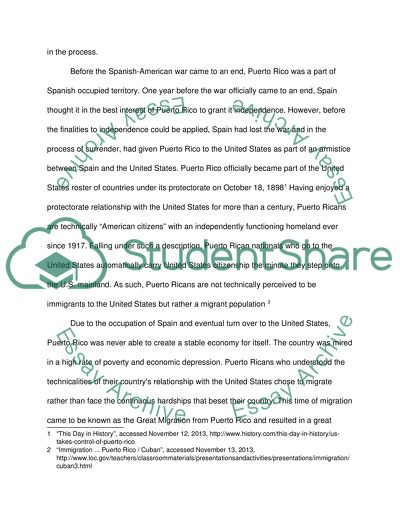Cite this document
(“How Puerto Ricans Migrated New York Research Paper”, n.d.)
How Puerto Ricans Migrated New York Research Paper. Retrieved from https://studentshare.org/history/1491578-how-puerto-ricans-migrated-new-york
How Puerto Ricans Migrated New York Research Paper. Retrieved from https://studentshare.org/history/1491578-how-puerto-ricans-migrated-new-york
(How Puerto Ricans Migrated New York Research Paper)
How Puerto Ricans Migrated New York Research Paper. https://studentshare.org/history/1491578-how-puerto-ricans-migrated-new-york.
How Puerto Ricans Migrated New York Research Paper. https://studentshare.org/history/1491578-how-puerto-ricans-migrated-new-york.
“How Puerto Ricans Migrated New York Research Paper”, n.d. https://studentshare.org/history/1491578-how-puerto-ricans-migrated-new-york.


